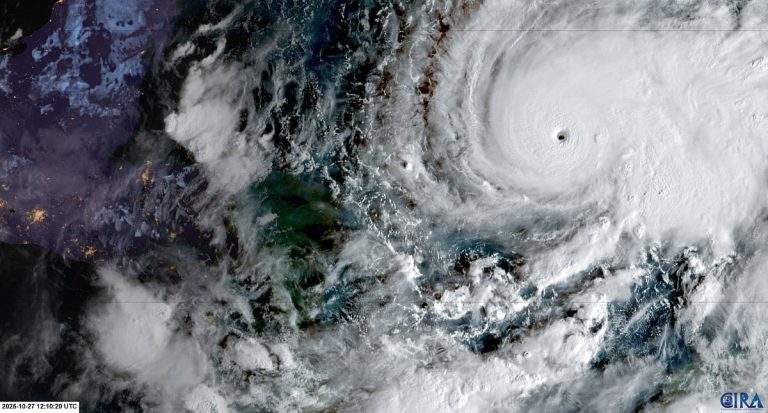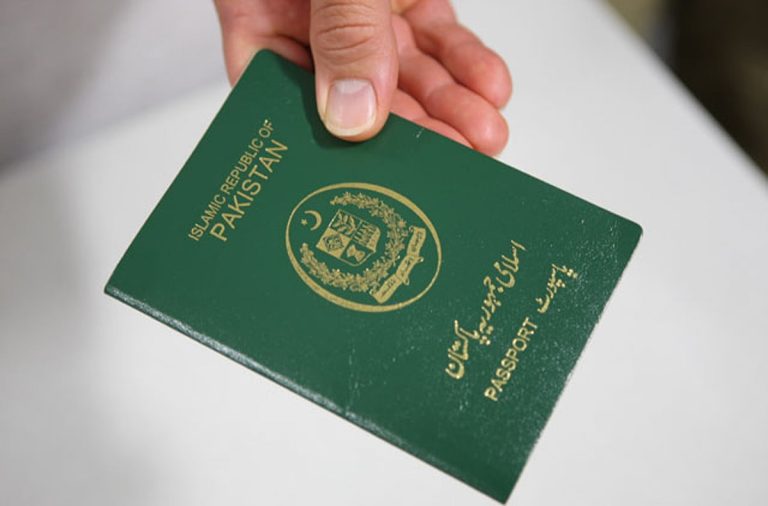U.S. Resumes Nuclear Weapons Testing Amid Global Tensions
In a significant shift in U.S. nuclear policy, President Donald Trump announced on Thursday that he has directed the Pentagon to initiate nuclear weapons testing. This decision comes in response to recent developments in Russia’s military capabilities and is intended to ensure that the U.S. maintains parity with both China and Russia. The announcement was made just before a crucial summit with Chinese President Xi Jinping.
Context of the Decision
Trump’s directive follows Russian President Vladimir Putin’s recent claims of successfully testing a nuclear-capable, nuclear-powered underwater drone. This test was perceived as a direct challenge to U.S. warnings regarding nuclear advancements. In a social media post, Trump stated, “Because of other countries testing programmes, I have instructed the Department of War to start testing our Nuclear Weapons on an equal basis.”
Historically, the United States has adhered to the Comprehensive Nuclear-Test-Ban Treaty (CTBT) since 1996, which prohibits all nuclear test explosions. However, it remains unclear whether Trump’s order pertains to the testing of nuclear warheads—last conducted by the U.S. in 1992—or the testing of delivery systems designed to carry nuclear warheads.
Current Nuclear Arsenal
Trump emphasized that the United States possesses the largest nuclear arsenal globally, claiming that Russia ranks second and China third. According to the Stockholm International Peace Research Institute (SIPRI), Russia has approximately 5,489 nuclear warheads, while the U.S. has around 5,177, and China has about 600. Collectively, the nine nuclear-armed nations hold over 12,200 warheads.
During a press briefing aboard Air Force One, Trump noted that it has been “many years” since the U.S. conducted nuclear tests, asserting that the time has come to resume testing due to the actions of other nations. He expressed a desire for nuclear disarmament, stating, “I’d like to see denuclearisation… denuclearisation would be a tremendous thing.”
International Reactions
China responded to Trump’s announcement by urging the United States to adhere to its commitments under the CTBT. Foreign Ministry spokesman Guo Jiakun emphasized the importance of global nuclear disarmament and called for concrete actions from the U.S. to uphold its obligations.
The U.S. has a long history of nuclear testing, having conducted 1,054 tests between 1945 and 1992, including two atomic bombings in Japan during World War II. The last nuclear test explosion occurred in September 1992, after which a moratorium was established by President George H.W. Bush, a policy that has been maintained by subsequent administrations.
Recent Developments in Russia
Putin’s announcement of the Poseidon underwater drone, which he claims is capable of evading interception and can travel faster and deeper than conventional submarines, adds to the tension. This drone is designed to reach any continent, further escalating the arms race narrative. Trump criticized Putin for focusing on military advancements rather than resolving the ongoing conflict in Ukraine.
Future Implications
As the U.S. prepares to resume nuclear testing, the implications for international relations and global security are profound. The potential for an arms race could increase tensions not only between the U.S. and Russia but also with China and other nuclear-capable nations. The upcoming discussions between Trump and Xi Jinping will likely address these pressing issues.
FAQs
Why is the U.S. resuming nuclear weapons testing?
The U.S. is resuming testing to maintain parity with Russia and China, following recent advancements in their nuclear capabilities.
What does the Comprehensive Nuclear-Test-Ban Treaty entail?
The CTBT prohibits all nuclear test explosions for military or civilian purposes, and the U.S. has been a signatory since 1996.
How many nuclear warheads do the major powers possess?
As of the latest estimates, Russia has about 5,489 warheads, the U.S. has approximately 5,177, and China has around 600, with a total of over 12,200 warheads among nine nuclear-armed countries.
Conclusion
The U.S. decision to resume nuclear weapons testing marks a significant escalation in global military tensions, particularly in light of recent developments in Russia’s nuclear capabilities. As the situation unfolds, it will be crucial to monitor the responses from other nations and the potential impact on international security and disarmament efforts.
Also Read:
Trump and Xi Jinping Hold Talks Amid Nuclear Tensions







